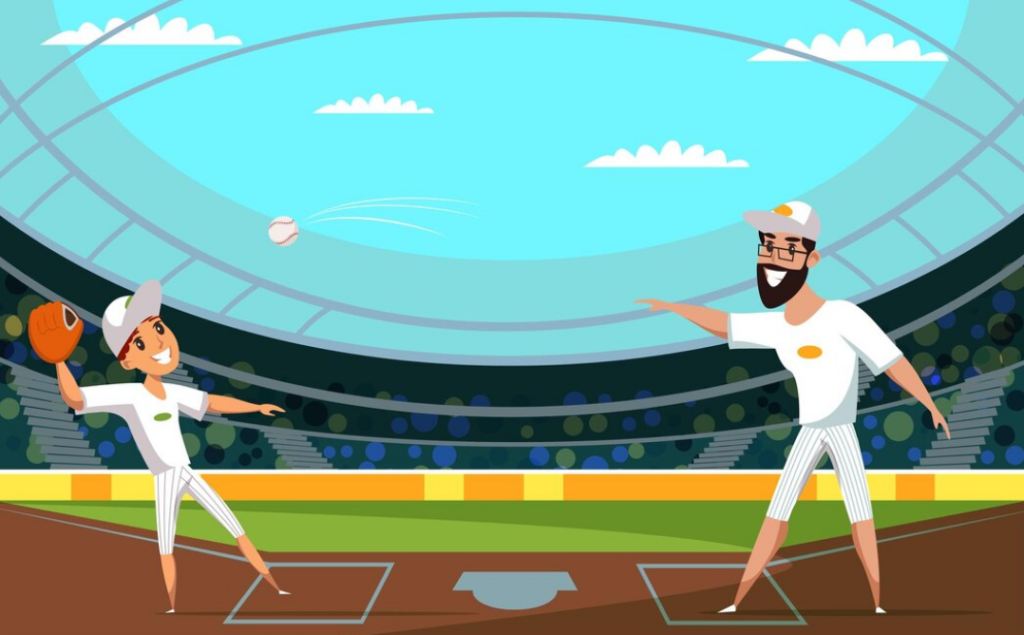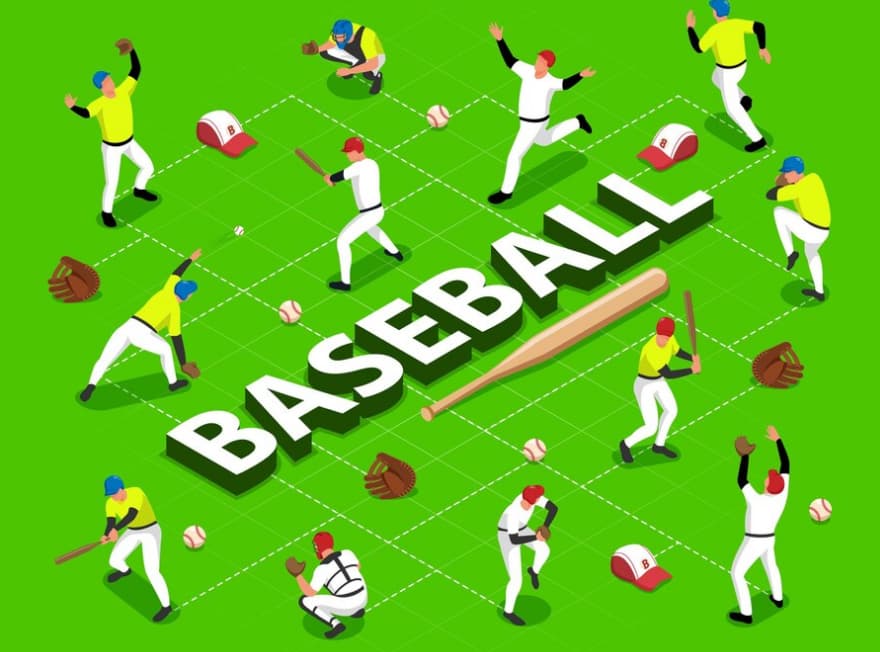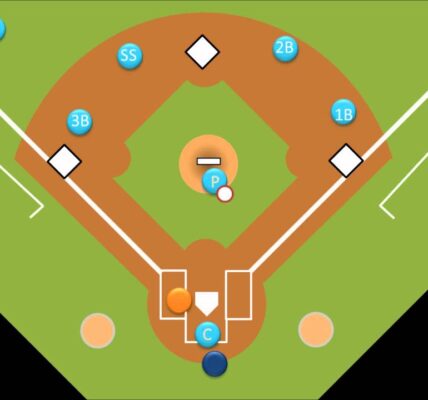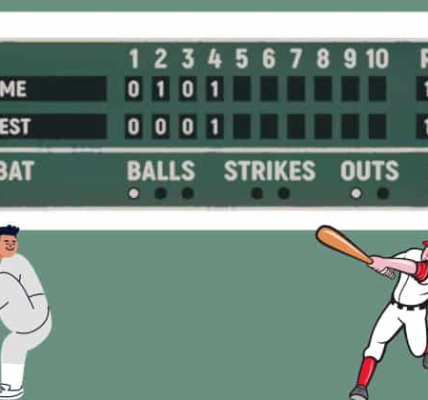Baseball teams’ player counts differ markedly among various leagues and play levels. Teams in Major League Baseball (MLB) usually have 26 to 28 players actively playing, but this figure can change during certain seasons. In contrast, Minor League Baseball squads maintain a roster of about 25 to 30 players, influenced by the level of competition. Little League teams, aimed at younger athletes, often consist of 12 to 15 players and are divided into age groups that correspond with their growth and development stages.
At the high school and college levels, the number of players on a baseball team can vary significantly, typically ranging from 20 to 35 players, influenced by the program’s scope and competitive status. Internationally, baseball team sizes may vary according to the rules of specific tournaments. For example, teams in worldwide events such as the World Baseball Classic generally have around 28 players. Recreational leagues, known for their more laid-back and inclusive nature, usually feature teams with 12 to 20 players.
If you’re curious about the composition of a baseball team, you may also like to explore the unique aspects of util baseball, which can often challenge the traditional player roles and positions on the field.
Fundamentals and Strategies of Baseball Roster Management
Baseball, a sport renowned for its rich traditions and strategic depth, operates under fundamental roster rules that shape the game’s dynamics. These rules dictate player positions, fielding strategies, and the management of team rosters, including dealing with injuries and executing substitutions and rotations.
- At the heart of baseball’s strategy are the nine distinct field positions, divided into infield and outfield categories. The infield is made up of the first, second, and third basemen, along with the shortstop, each stationed close to one of the bases. In the outfield, which encompasses the larger areas of the field, are the left, center, and right fielders. Players are assigned to these positions based on their specific talents and abilities, with the goal of enhancing the team’s collective performance;
- During gameplay, a team can only have nine players on the field, including the pitcher, catcher, infielders, and outfielders. The pitcher’s main job is to throw the ball towards the catcher, starting the action. Infielders and outfielders work together to prevent the opposing team from earning runs, which requires ongoing communication and quick thinking;
- Handling player injuries, substitutions, and rotations is essential in baseball. Given the physically demanding nature of the sport, injuries are frequent, making it necessary for teams to have plans for prompt substitutions. These changes may be due to injury, exhaustion, or strategic adjustments, and they need to follow the sport’s specific rules, occurring at set times.
Strategically rotating players is crucial for keeping a team competitively sharp. This strategy involves moving players between different positions or changing the batting lineup to enhance offensive tactics. Proper management of rotations ensures that each player is used in the most effective way, aiding the team in both defensive and offensive aspects.
The Composition and Roles of Major League Baseball Teams
In the realm of professional baseball, the pinnacle is Major League Baseball (MLB), a platform that exhibits the finest levels of skill, athleticism, and competitive spirit. An MLB team’s roster is carefully constructed, with each member selected for their ability to play a specific role, contributing to the team’s overall success. Normally, an MLB team consists of 26 active players, but this has recently been increased to 28, allowing for more strategic depth and versatility in pursuit of playoff positions.
The varied roles and responsibilities within a baseball team add to its dynamic nature, as players sharpen their unique talents to meet the requirements of their designated positions. The team is typically divided into four primary groups: infielders, outfielders, pitchers, and catchers. Infielders, including the first, second, and third basemen, and the shortstop, focus on defending the area inside the bases and turning ground balls into key outs. Outfielders, who cover left, center, and right field, monitor the large area beyond the infield, adept at catching fly balls and stopping runners from advancing on hits.
The central defensive strategy of a baseball team revolves around the “battery,” which consists of the pitcher and catcher. The pitcher, equipped with a variety of pitches and precise control, aims to prevent opposing batters from getting on base. The catcher, positioned at home plate, not only catches pitches but also acts as an in-game tactician, directing the team’s defense and controlling the game’s pace.
Collectively, these nine players operate as a unified team, orchestrating their skills and strategies to clinch victories on the baseball diamond.
The Structure of Minor League Baseball

In the shadow of the bright lights and animated crowds of Major League Baseball, there exists the nuanced realm of Minor League Baseball. This developmental platform serves as a forge for up-and-coming talent while bringing entertainment to communities across the country. The roster size of a Minor League team fluctuates slightly, generally housing 25 to 30 players, each aiming to polish their skills and secure a place in the MLB.
- The Minor League system is organized into various levels, each acting as a crucial rung on the ladder to the major leagues. It includes divisions like Short-Season, Single-A, Double-A, and Triple-A. Short-Season leagues offer a condensed schedule and are the starting point for newly drafted or transitioning players;
- Single-A baseball is divided into Low-A, High-A, and Advanced-A categories, offering escalating levels of competition for player development. Double-A represents a significant jump in talent, where players close to the majors compete vigorously. Triple-A, the final step before the majors, is where top minor league talents vie for MLB spots, often serving as a backup pool for their major league affiliates.
Each level in Minor League Baseball presents unique challenges and growth prospects, creating a dynamic environment that drives players towards excellence and their ultimate goal of reaching the majors.
Little League Baseball Team Composition and Structure
- Little League Baseball, a cherished and iconic part of youth sports, kindles a deep love for baseball in children across the globe. This organization offers a platform for young enthusiasts, with team sizes varying according to age categories and specific local rules, usually with 12 to 15 players. This structure guarantees that each child gets a chance to play, promoting the development of their skills, teamwork abilities, and a spirit of fair play;
- This league is carefully structured to cater to the varying physical and mental development stages of young players. It’s divided into different age brackets, each crafted to provide an encouraging space for kids to grow both as sportspeople and individuals. The youngest group, children between 4 and 7 years old, start with “Tee-Ball.” In Tee-Ball, a stationary tee replaces the pitcher, making it easier for the kids to learn the basics of the game in a friendly and non-competitive environment.
As these young players mature in age and ability, they move up through Little League’s levels, including the Minor and Major Leagues. The Minor League, aimed at 7 to 11-year-olds, introduces them to more complex aspects of baseball, balancing advanced learning with the joy of playing. The Major League division is for 9 to 12-year-olds and is the most competitive level in Little League. It’s here that these young players get to demonstrate their skills, competing in local and regional games, and perhaps even earning a spot in the esteemed Little League World Series.
With its varied age groups and team compositions, Little League Baseball truly embodies the spirit of the sport. It lays down a strong foundation for a lifelong passion for baseball while encouraging and shaping the ambitions of tomorrow’s baseball champions.
Baseball Team Sizes Beyond Professional and Youth Leagues
The world of baseball extends far beyond professional, minor league, and youth competitions, embracing a rich spectrum of leagues and organizations. These include high school, college, international, and recreational baseball, each catering to different age groups, abilities, and ambitions. Distinct in their team sizes and competitive atmosphere, these levels underscore baseball’s broad appeal and versatility.
High school baseball is a crucial stepping stone for budding athletes, with many aiming for higher competition levels. Teams typically comprise 20 to 25 players, fostering skill growth and balanced playtime. In contrast, collegiate baseball teams, which bridge the gap to professional play, usually have about 25 to 35 players. This arena blends athletic rigor with academic responsibilities, offering a pathway to professional opportunities.

International baseball stages the sport on a worldwide platform, bringing nations together in a quest for honor. Teams in tournaments like the World Baseball Classic vary in size, often around 28 players, influenced by specific event rules. Recreational leagues, on the other hand, provide a laid-back, inclusive setting for all ages and skill levels, with teams usually consisting of 12 to 20 players. These leagues emphasize fun, fitness, and socializing, keeping the sport accessible and enjoyable for everyone.
Across these diverse levels, baseball’s elegance and complexity are evident, mirroring the varied passions and goals of its participants. Whether pursuing professional success or relishing in a casual match, the array of team sizes and structures in baseball ensures a place for everyone to experience the game’s excitement.
Conclusion
The world of baseball presents a diverse landscape, comprising different levels of play, each characterized by its distinct team sizes and structures. From the earliest days of the sport, when team size remained flexible and evolving, to the modern era governed by strict regulations dictating roster composition, the number of players on a team remains a crucial aspect of the game’s allure and complexity.
This article sheds light on team sizes at various baseball levels, including Major League, Minor League, Little League, and other forms of the sport. It underscores the significance of comprehending these subtleties for both fans and players. By recognizing the variations in team sizes, one can gain deeper insight into the rich history, strategic intricacies, and broad scope of this beloved pastime, which continues to capture the hearts and minds of millions worldwide.




